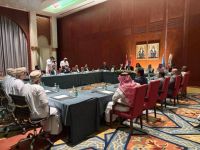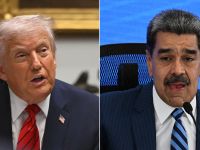“Intra Middle East and North Africa (MENA) trade has the potential to double by the end of the decade to $300 billion” said Simon Cooper, Deputy Chairman and CEO, HSBC Middle East & North Africa, at the HSBC Regional Exchange - MENA conference last week.
“By building on this opportunity for growing trade, MENA countries can accelerate the development of the non-oil and diversified industries and services necessary for sustainable, long-term economic success.”
According to HSBC Global Research, the GCC will earn more from oil over 2011-14 than it did in the previous 15 years combined. In 2013 alone, the value of the region’s oil production will be roughly five times greater than it was just a decade before. However, while oil export offers the region several short to medium term advantages, alternative sources of growth and employment are required to promote more balanced, sustainable and competitive economies.
Tim Reid, Regional Head of Commercial Banking for HSBC MENA said, “We have already seen, and strongly support, the refocus of public spending priorities to create an environment in which a private sector-led, non-oil economy can prosper and lead the next phase of the region’s development. For example, an estimated $4.3 trillion of infrastructure spending is scheduled for MENA before 2020. However there is much scope for growing levels of regional trade to play an important role in helping the region to become truly globally competitive.
“MENA is an attractive market for businesses all over the world and the competition continues to heat up as multinationals continue to make their way here. The population is larger than the USA and it has a greater proportion of under 25s than any other faster growing region. These two factors alone showcase an attractive opportunity for businesses from many sectors. There is also a positive outlook for economic growth, and we believe businesses in the region have a good opportunity to build the scale required to develop as prominent regional export champions.”








